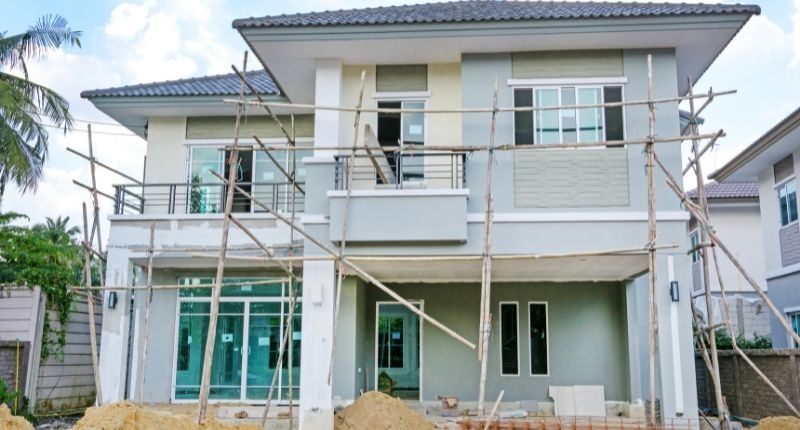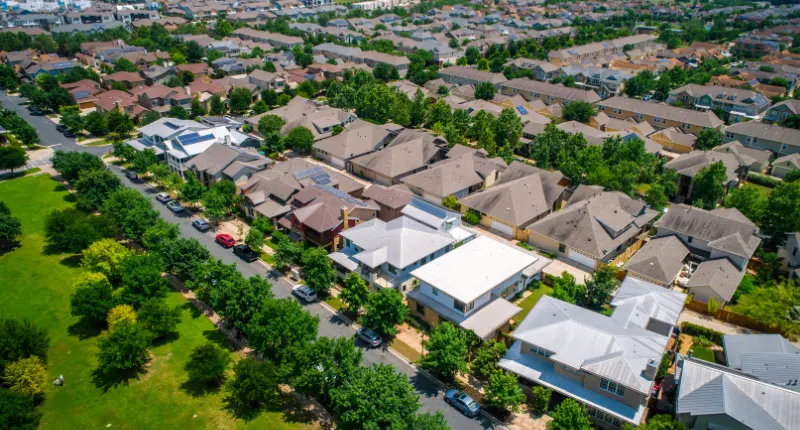- New home building starts fell during the June 2022 quarter, ABS data has found
- There was a 2.7% fall in dwelling commencements
- Masters Builders Australia CEO says there are many supply bottlenecks
In spite of a permanent uplift in demand for lower-density housing, new home building starts have fallen again during the June 2022 quarter, according to the latest Australian Bureau of Statistics (ABS) data.
The data also revealed that dwellings under construction have also reached a new high of 241,926 in June, 0.7% higher than the previous high of 240,156 recorded in March.
This increase was driven by new private-sector houses.
Overall, there was a 2.7% fall in dwelling commencements during the June 2022 quarter. This included a 3.1% reduction in the number of new medium/high-density home commencements and detached house starts were down by a thin 0.2%.
Supply bottlenecks in the building pipeline, says MBA CEO
Masters Builders Australia (MBA) CEO Denita Wawn said that while the volume of new detached house starts is still higher than before the pandemic, the gradual phasing out of various fiscal and monetary stimuli meant it was likely there would be a decline in house starts.
“Despite the volume of new home starts dropping over the past year, there were still over 240,000 new homes under construction at the end of June. This is higher than ever before and is related to the supply bottlenecks in the building pipeline which are slowing the pace at which new homes can be built,” Ms Warn said.
“However, over the next three years, Master Builders forecasts that new home building starts will fall significantly short of 200,000 per year, the volume of output that will be needed to meet demand. Our forecasts indicate this threshold will not be exceeded until 2026.
Denita Wawn, MBA

“Our 2022-26 residential forecasts predict a bumpy road with a downturn over the next few years. Forecasts will trend upwards as inward migration and interest rates stabilise, and pent-up demand shifts the dial.
Ms Lawn added that the building and construction industry is frustrated with red tapes delays in approvals for land titles, building applications and occupation certificates.
“Shortage of land in the right places, high developer charges, and inflexible planning laws also restrict opportunities to meet the housing needs of our future,” Ms Wawn said.
“We look to working with the Federal Government to assist with finding and delivering solutions.”








